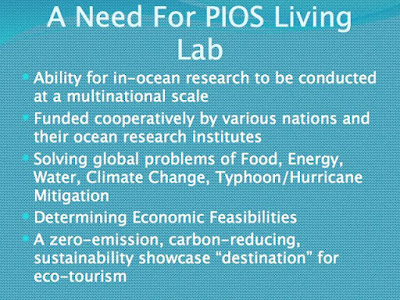Phase I: Learning + Applying the Convergence Accelerator Fundamentals, Convergence Research Planning
Phase I is for funding up to $750,000 for 12 months duration. Nine months planning effort to further develop the initial concept, identify new team members, participate in innovation curriculum, and develop an initial prototype. The innovation curriculum consists of training in human-centered design, team science activities, inter-team communications, pitch preparation, developing a Public Executive Summary and presentation coaching—all of which are essential components of the Convergence Accelerator’s model. This training helps the teams to better prepare for success in the next phase. At the end of Phase I, the remaining three months will be spent with each team participating in a pitch review panel as part of their Phase II proposal and the NSF Convergence Accelerator Expo (Expo) and other activities.
Phase I efforts will focus on research plan development and team formation leading to a proof-of-concept and will include NSF-organized convenings for training and cross-cohort collaboration. The Phase I innovation curriculum is a significant time investment with frequent participation of all partners under the guidance of coaches. A link to a sample curriculum can be found here.
Phase II: Continued Application of the Convergence Accelerator Fundamentals, Prototyping and Sustainability Planning
Selected teams from Phase I will proceed to Phase II, with potential funding up to $5 Million as a cooperative agreement for 24 months. Phase II teams will continue to apply Convergence Accelerator fundamentals, including identifying new team members and end-user partnerships to further develop solution prototypes and to build a sustainability model to continue impact beyond NSF support. At the 12- month mark, the Convergence Accelerator will review the team projects to ensure each is working towards the expected deliverables. By the end of Phase II, teams are to provide high-impact solutions for societal needs at scale.
2. Research Areas
Networked Blue Economy (Track E)
The overarching goal of Track E is to interconnect the Blue Economy and accelerate convergence across ocean sectors. This track aims to create a smart, integrated, connected, and open ecosystem for ocean innovation, exploration, and sustainable utilization. It will provide a highly innovative set of interconnected tools, techniques, methods, and educational resources, as well as improve human engagement with ocean resources. The cohort of projects supported through this track will ultimately lead to a range of innovative partnerships involving stakeholders in ocean-related science and engineering, coastal communities and a diverse set of entities and organizations engaged in the
Networked Blue Economy. Collectively, this cohort will produce products, processes, and resources that will allow the US to develop avenues for a more sustainable engagement with the ocean both as an environment and as a resource. The cohort of synergistic projects funded through this track will help our nation and our citizens effectively combat challenges in the ocean while simultaneously unleashing the power of the Networked Blue Economy.
Ocean-related industries and resources have always been important for humanity; and they are expected to play a central role over the next decades in addressing challenges related to climate, sustainability, food, energy, pollution, and the economy. Recognizing this opportunity, Track E of the NSF Convergence Accelerator seeks proposals to create use-inspired, integrative solutions to enable a Networked Blue Economy. The goal of this undertaking is to facilitate making connections between ocean resources, data, technologies, training, and impacted communities. In developing a sustainable Networked Blue Economy that provides societal impact, there are presently many obstacles and challenges to overcome. Addressing these requires deep integration and collaboration among many disciplines as well as transformative and innovative partnerships across academia, industry, the public, local/regional communities, non-profit organizations, and federal, state, and local government agencies. Successful projects in this track should incorporate expertise, insights, methods, facilities, and tools from multiple disciplines as well as direct participation from impacted communities.



















































